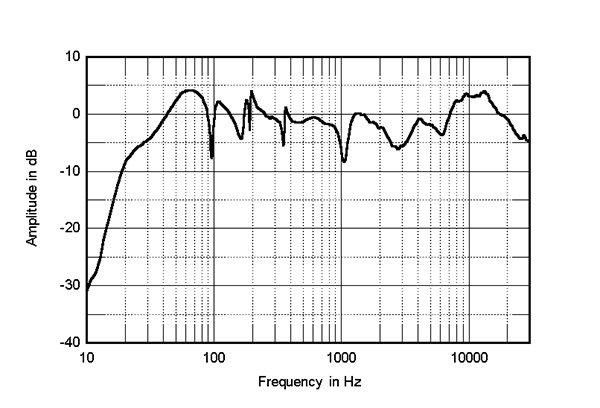Seems to me the correlation between high end and cost is much higher than the correlation between high end and measured sound quality.
What if a high end speaker measures really badly?
You know, it's true that I feel listening is more important than measurements and that it's generally difficult to really tie together measurements with pleasure. Below 0.05% THD do I care? No I do not. I really don't care. The number tells me nothing about whether I'd like the amp more or not anymore.
In this one memorable review for the Alta Audio Adam speaker, I really felt shivers go up my spine when I looked at the measurements, especially at ~$20kUSD. This looks like an absolute hot mess. Does it sound this bad though? I certainly don't have the $20K to test that out myself. What do you all think?

- ...
- 108 posts total
The Alta Alyssa also seems to be radically oddly designed. In the case of the Adam it's almost as if the designers have deliberately introduced some comb filtering into the frequency response, kind of a hard thing to do if you are paying even moderate attention in crossover theory class. Perhaps the radically different response curves make the speakers sound more detailed and make the reviewer go through their entire album collection again to hear what they've been missing.... 🤢 Sorry, that's a bit of a cliche I read when speakers are deliberately ragged. If the peaks and dips are not audible, as @audiokinesis suggests then I wonder why and how they went through all the trouble to introduce them in the first place? 🤣 |
@erik_squires wrote: "If the peaks and dips are not audible, as @audiokinesis suggests then I wonder why and how they went through all the trouble to introduce them in the first place?" I think the up/down peak/dip jogs are artifacts of the enclosure design, which is apparently a transmission line/port hybrid. There are corresponding little spikes in the impedance curve that look like what I've seen in some of my transmission line builds. |
- 108 posts total

